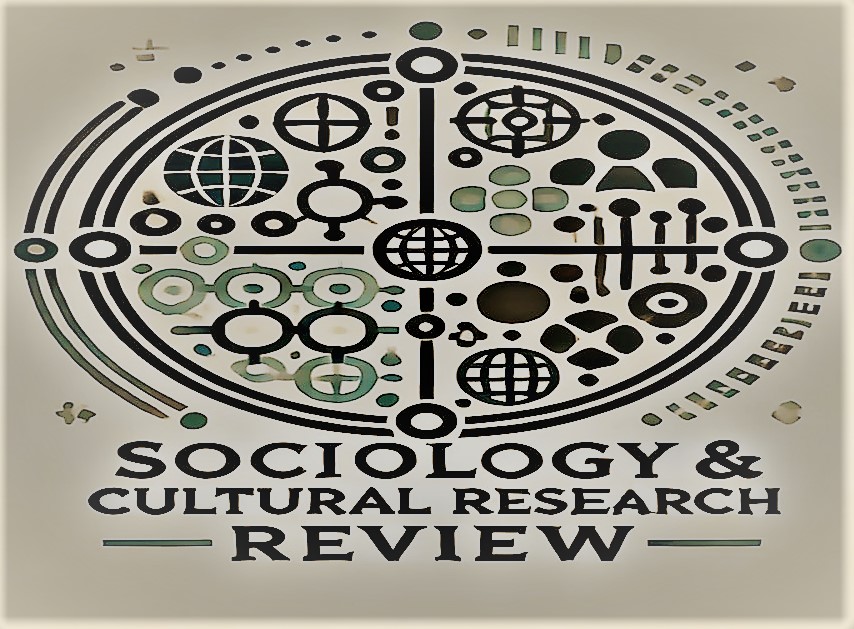The Interpretation of 'Thaqalayn' in Sunni and Shia Perspectives: An Analytical Study of Doctrinal and Methodological Differences
Abstract
One of the most pious traditions, which is narrated in the Sunni and Shiite literature, is the Hadith of Thaqalayn that the Prophet Muhammad (PBUH) left two heavy things the Book of Allah and his Ahl al-Bayt (family). Although it has been unanimously recognized by both sides to be genuinely real, its meaning and understanding remain substantially different between the mainstream Islam sects, which subsequently causes some fundamental differences in theology. The present study explores the theological, exegetical, and jurisprudential understandings of the Hadith of Thaqalayn in Sunni and Shia traditions of thought. It is a critical study of the various difference of definitions used by each sect with regard to the word Itrah (progeny), the leadership of the Ahl al-Bayt in religious matters and the binding nature. The Sunni scholars normally interpret the Hadith as making strong appeal to love and admiration towards the family of the Prophet without giving them the independent legislative powers. On the contrary, Shia theologians hold this Hadith as a fundamental source of the doctrine of Imamate which holds that the twelve Imams were infallible (Ismah) and divinely designated leaders. Moreover, the paper discusses the way the sentence, written They will never part till they come back to me at the fountain is interpreted. Sunni readings stress the metaphorical value of being near the Quran and the ethical tradition of the Ahl al-Bayt, whereas Shia ones presume it literal and make the inextricability and shared authority of the two. Historical influences that shaped the views of each sect as well are traced in the paper; early developments in Islamic political life, the formation of sects in the Islamic world, etc. It talks of the use of the Hadith in classical theological discourse and the modern religious curricula as well as in inter-sectarian communication. Finally, the study determines that despite the existing divergent readings, the Hadith of Thaqalayn has a distinctive potential of bringing together the two communities and a common reference which could enable the Sunni and Shia communities to live in unity, mutual respect, and dialogue in the contemporary Islamic world.
Keywords: Hadith of Thaqalayn, Ahl al-Bayt, Sunni Shia theology, Imamate and Caliphate, Sectarian interpretation, Infallibility (Ismah), Muslim unity




